Of all the local government ‘counties’ created in 1974, is any more disliked than ‘Cumbria‘? The former Cumbria County Council did all it could to destroy the historic identities of Cumberland, Westmorland, the Furness area of Lancashire and and the Sedbergh area of Yorkshire. Our delight at seeing this council abolished in 2023 was tempered somewhat by seeing ‘Cumbria‘ continue as a so-called ‘ceremonial county‘ and as a police area.
Now the corpse of ‘Cumbria‘ looks set to be re-animated as a regional ‘Cumbria Combined Authority‘ with a directed-elected Mayor. In a separate development, the Lord-Lieutenant of Cumbria and the Flag Institute are running a Community Flag of Cumbria Competition. Both of these are open to public submissions. Have your say before it is too late.
Government Consultation on a Mayoral Combined Authority for Cumbria
We recently reported on the Government’s plans to create ‘Mayoral Strategic Authorities‘ (aka ‘combined authorities’) throughout England. These authorities are to have powers over housing, planning, transport and so on. Most will have a directly-elected Mayor.
ABC has no views on the structures and functions of local or regional government. Our concern is that administrative terminology and administrative area names are chosen so as to draw a clear distinction between administration and the historic counties. The English devolution plans may actually have some positives for our historic counties. The Strategic Authorities are not be called ‘counties’. The remaining two-tier “county councils” are to be replaced by unitary councils. This should see ‘county council‘ replaced by ‘council‘ and the end of some of those council names which undermine historic county identities. A downside though is that some of the Strategic Authorities may perpetuate the name of a 1974 ‘county’, notably the 1974 ‘counties’ of ‘Cumbria‘ and ‘Lancashire‘.
The Government is currently running a Cumbria devolution consultation on its proposal to form “a Mayoral Combined Authority for the local government areas of Cumberland Council and Westmorland and Furness Council.“

Unfortunately, the Government proposes that this new authority be called the ‘Cumbria Combined Authority‘. We suspect this proposed name is all about giving the authority a zippy brand name. The Government possibly feels that ‘Cumberland, Westmorland and Furness Combined Authority‘ is too long and lacks “brand recognition“.
In ABC’s view the name ‘Cumbria‘ is irredeemably associated with the 1974 local government ‘county’ and the damage done to the real counties of the area. We do not oppose the creation of this new authority. We totally oppose it being called the ‘Cumbria Combined Authority‘.
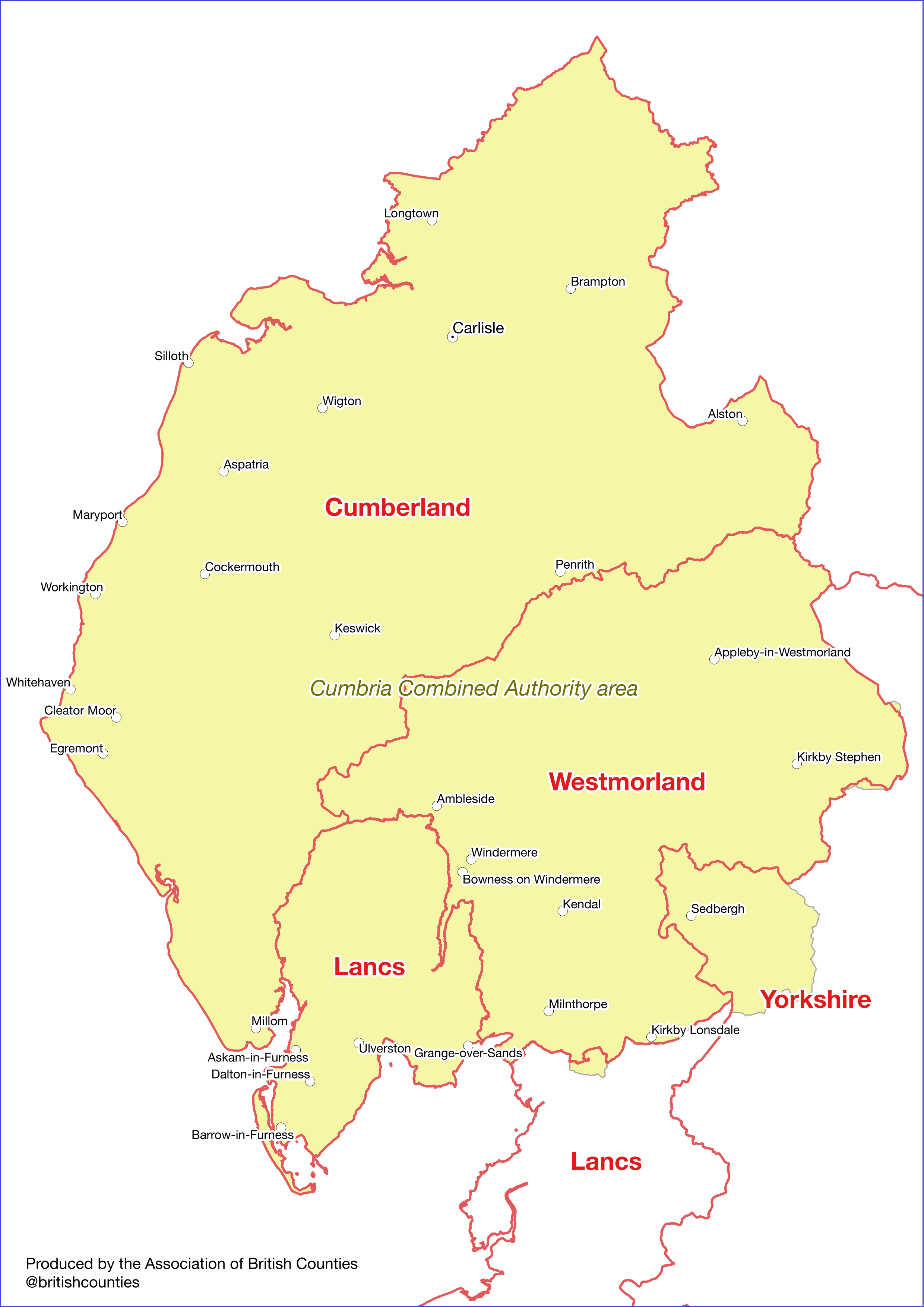
Until recent times the word ‘Cumbria‘, when used at all, was a formal Latinised synonym for Cumberland. Its usage was only really extended beyond Cumberland with the establishment of the Cumbria Constabulary in 1967 and Cumbria County Council in 1974. It was always a wholly inappropriate name for the administrative area it was attached to. This, compounded by the 1974 council area being given a ‘county’ identity, has caused half a century of confusion.
An obvious alternative is to call the new authority the ‘Lakeland Combined Authority‘. The name ‘Lakeland‘ has been commonly used to describe this part of the country since at least as far back as the 18th century, long before anyone tried to rebrand it as ‘Cumbria‘. ‘Lakeland‘ is still commonly used today, having national and international recognition. ‘Lakeland‘ would have none of the baggage of ‘Cumbria‘ and could be used as a regional name without it being seen as a county or undermining historic county identities.
This move should be backed up by an end to the ‘ceremonial county‘ of ‘Cumbria‘ and a return to appointing the lord-lieutenants directly to the historic counties.

The Cumbria devolution consultation is open until 13th April 2025. Question 7 is the obvious place to point out that the name ‘Cumbria‘ does not reflect local identities.
A Community Flag for Cumbria Design Competition
As if to emphasise how important it is that the name ‘Cumbria‘ quickly disappears from administrative parlance, the Lord Lieutenant of Cumbria and the Flag Institute recently announced a Cumbria Community Flag Competition.
This may not be quite as bad as it sounds, since the Flag Institute has informed us that it does not intend to register the resulting ‘Cumbria‘ flag as a ‘county flag’ but rather as a ‘regional flag’. It sees ‘Cumbria‘ as a historic region along the lines of East Anglia, Northumbria, Wessex and Mercia, each of which has a registered ‘regional flag’. The Flag Institute has made it clear that the ‘Cumbria‘ flag is to be seen as complementary to the flags of Cumberland, Westmorland, Lancashire and Yorkshire. The Flag Institute does not intend to change its long held position that only the flag of a historic county can be registered in its Flag Registry as a ‘county flag’.
Unfortunately, the publicity around the competition very much gives the impression this is to be a ‘county flag’ and it is being reported as such by the media. This is hardly surprising since the plain fact is that the name ‘Cumbria‘ as used today almost always refers to the 1974 ‘county’ of ‘Cumbria‘. Breaking through that perception and getting ‘Cumbria‘ seen as a historic region is going to be a struggle.
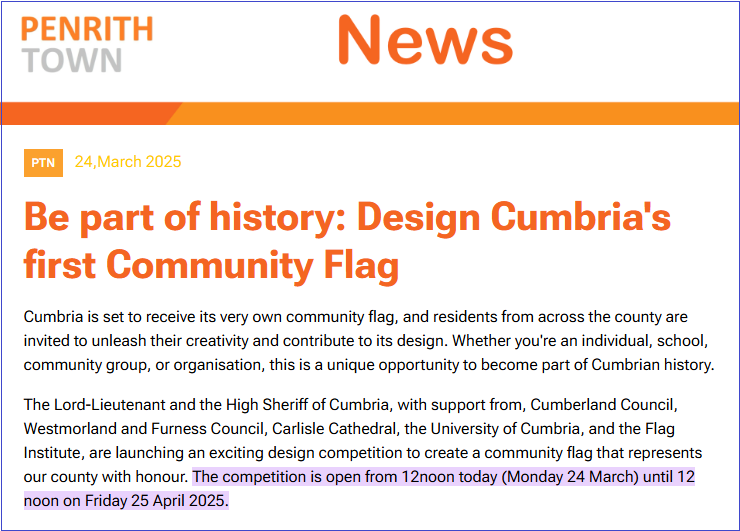
But then, the whole notion of a regional flag for ‘Cumbria’ makes little sense. As we noted above, until recent times ‘Cumbria‘, when used at all, was a formal Latinised synonym for Cumberland. Cumberland was formed from the southern part of the early medieval Kingdom of Strathclyde after this part of the kingdom was conquered by the Norman kings and became part of England. According to Camden’s Britannia, 1610: “It tooke the name of the inhabitants, who were the true and naturall Britans and called themselves in their owne language Kumbri and Kambri.”
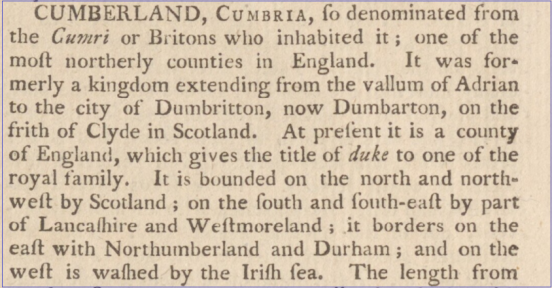
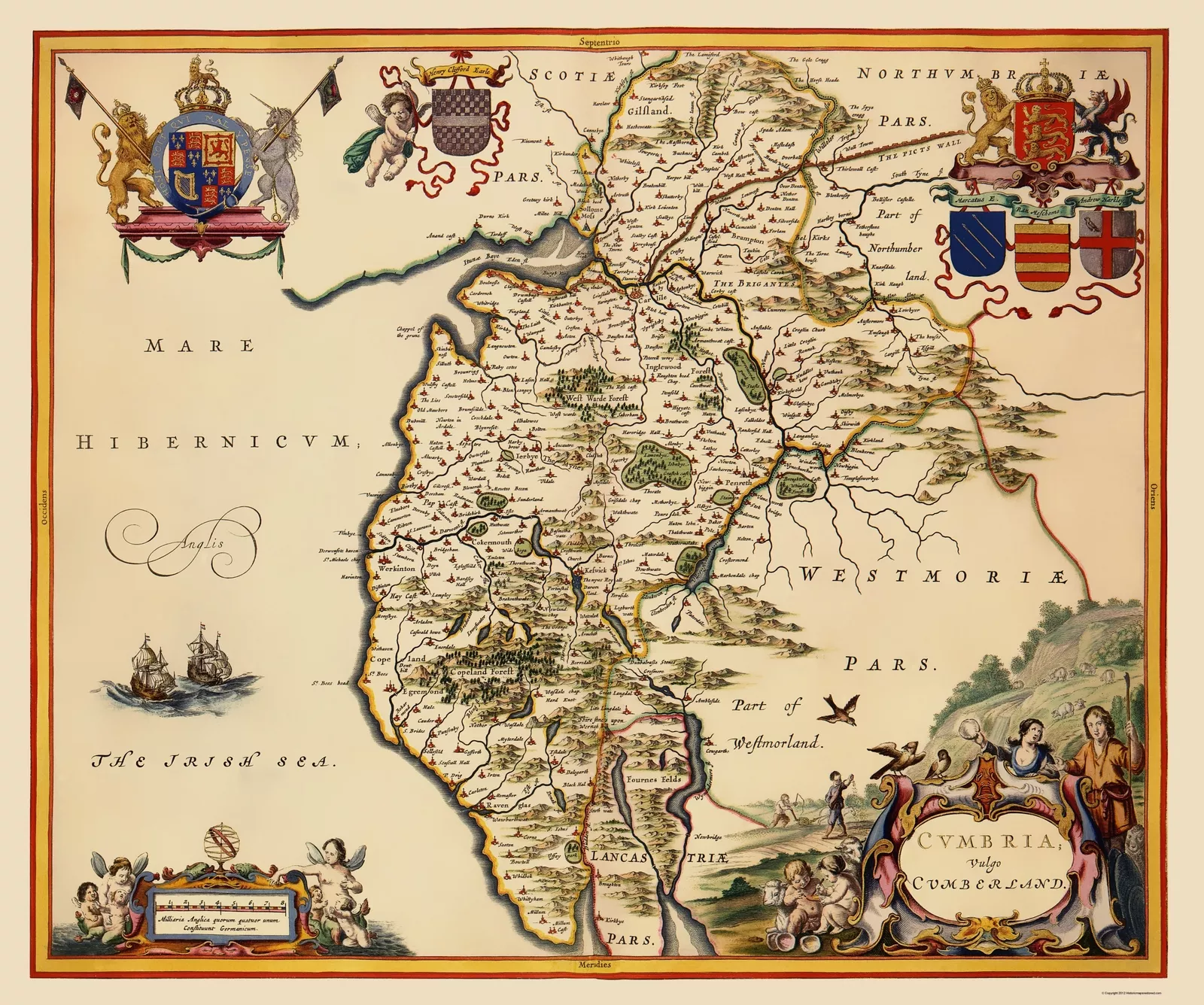
In reality, prior to the 1960s the name ‘Cumbria‘ was actually little used and almost never for an area broader than Cumberland. The adjective ‘Cumbrian‘ was certainly used, occasionally for an area that stretched beyond Cumberland itself, most notably for the Cumbrian Mountains. However, from the 18th century, the larger area of Cumberland, Westmorland and Furness became commonly known as The Lake Counties, Lakeland or the Lake District. This broader area was not then commonly known as ‘Cumbria‘.
The magazine ‘Cumbria‘, first published in 1947, may actually have been influential in promoting the idea of this wider Lakeland area as also being in some sense ‘Cumbria‘. The magazine’s subtitle ‘A Monthly Magazine of Lakeland Life‘ reflected what this area was more usually known as though. The ambiguity continues today in the magazine’s current title of ‘Cumbria and Lakeland Walker‘.
But the notion of a ‘Cumbria‘ beyond Cumberland really only dates from the creation in 1967 of the Cumbria Constabulary from the merged Cumberland, Westmorland and Carlisle constabularies. The name as used within the Local Government Act 1972 probably took its lead from the police area, though for a larger area also including Furness and Sedbergh. The Post Office imposed the ‘Cumbria’ postal county on the whole area in 1974. BBC Radio Cumbria opened in 1982. The rest is, sadly, history.
So, unless one views the name ‘Cumbria‘ as in some way applying to the whole of the ancient Kingdom of Strathclyde, then ‘Cumbria‘ is Cumberland, which already has a flag.
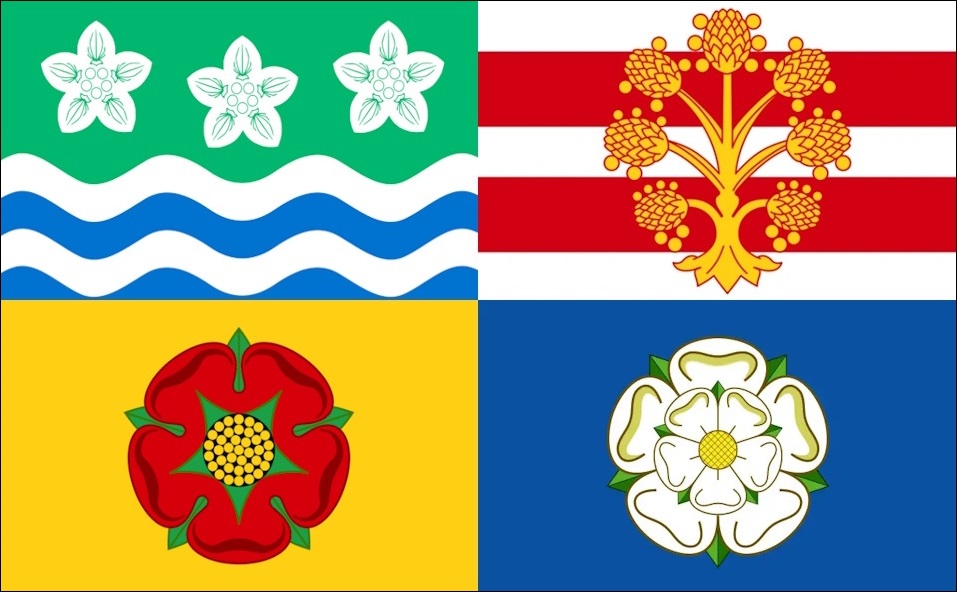
In conclusion, ABC would rather not see a ‘Cumbria‘ flag at all, even a regional one. If we really must have one then we suggest a simple quartering of the flags of the four counties of the “region”. These flags are all in the public domain and such a flag could be submitted to the competition.
Our best advice, though, is to respond to the Government’s Cumbria devolution consultation. Unless we see an end to the inappropriate use of ‘Cumbria’ within administration, then the confusion of the last fifty years is set to continue. And, of course, fly your real county flag with pride, wherever and whenever you can.
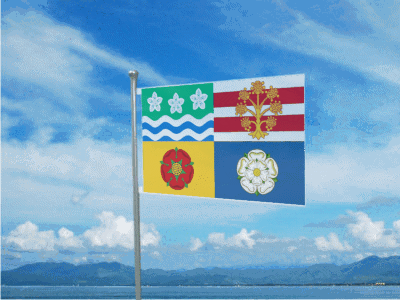
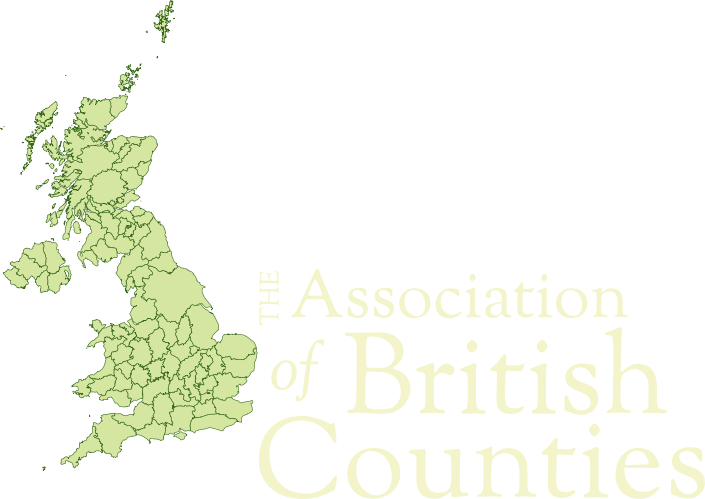
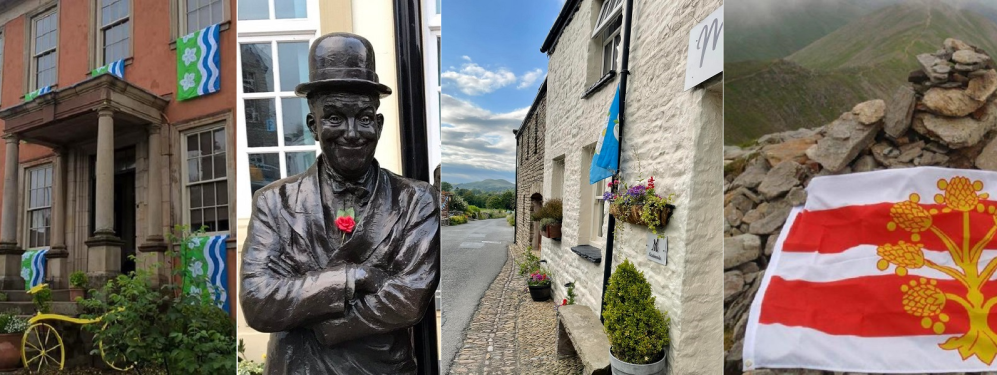
7 thoughts on “Cumbria Capers !”
This is not helped by the disgusting Westmorland Gazette which is pro Cumbria name to the core..The name Cumbria is a boil that refuses to be lanced..The four historic counties mixed up in this shambles over the last 51 years have been treated shabbily..Long live Westmorland,Cumberland,Lancashire North of the sands and the piecenof Yorkshire also embroiled in this mess.😡😡
I agree! I refer to my county of residence as Cumberland, NOT Cumbria! I am proud to the fly the Cumberland flag.
May you be blessed along with the great and historic county of Cumberland.
From my Yorkshire standpoint I’d just like Sedbergh and our part of the Howgills back.
Agreed. If only Sedbergh hadn’t so enthusiastically adopted being Cumbrian overnight on 01/01/1974. It even markets itself as “The Cumbria Book-Town in The Yorkshire Dales” which is very much anti-Yorkshire and an ironic smug swipe at Yorkshire by the “Sebber-Cumbrians”
Great stuff. Only MP Mark Jenskinson is/was pro-Cumberland buy he has been treated by his peers both locally and nationally as some sort of ‘nutter’ precisely for that.
He will no doubt give in (if he hasn’t) to being pro-Cumbria (again).
To the government it’s Lancashire Westmorland Cumberland and sebergh in north riding of Yorkshire
SCRAP CUMBRIA.
Regarding the new Flag debacle very recently they even had a primary school in Penrith singing (to the tune of ‘Kum-ba-Yah’, : “We’re all so Cum – bric in Cum-bree-aah… Cumbria my Lord, Cum-bree-aaah, someone’s crying Lord, in Cum-breea-aaaah” etc
Insanity on steroids. I was the only one saying for the lngest time that that “Cumbria” would get stronger than ever post-2023 (as if it wasn’t strong enough since April 1974), and for ALL ages be they wax-jacketed boomers who enthusiastically gave the boot to the counties of their birth, through all more recent generations to the toddlers of today.
I hate this but “Cumbria” is loved beyond anyone’s rational explanation. It has 100% wiped out what was there before it came on board at the stroke of a pen on 01/01/1974, and the sheeple aka everyone, and the official narrative BBC etc adore it.
It won’t go, ever (sadly).